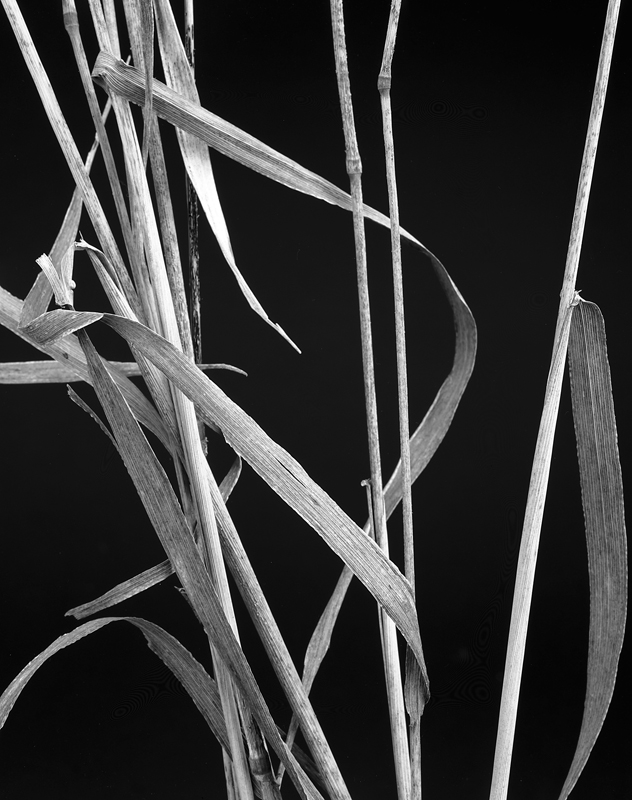ABOUT THE ARTIST
James P. Blair studied at the Institute of Design at the Illinois Institute of Technology in Chicago. As a freelance photographer, Blair has had commissions from the U.S. Information Agency, Time, and Life magazines. He spent over thirty years on staff at National Geographic. His photographs are represented in the permanent collections of the National Portrait Gallery (Washington DC), the Museum of Modern Art (New York City), the Portland Museum of Art (Maine) and the Carnegie Museum of Art (Pittsburgh). Since retiring from the National Geographic Society in 1994, Blair has continued to photograph and teach.
ABOUT THIS BODY OF WORK
This is an exhibit that began with my first major assignment on the environment, in 1970, for the National Geographic. In subsequent coverage’s thru the years I have become more and more concerned about our ability to control the damage we are doing to the earth and feel sure we have now entered an era where what we do, or what we do not do, now, in this generation will be the determining factor in shaping the future of our planet.
My intention as a photographer is to draw attention to this most familiar and beloved part of our Vermont landscape. I want to show how complex and beautiful even these most common elements of nature are. So I have selected these leaves that I picked up as I wandered around the “TAM” trail here in Middlebury. I brought them into my studio and photographed each leaf with an antique eight by ten inch view camera. In order to achieve the greatest detail I put the negative in contact with the positive printing paper, exposed them to light and then developed and fixed the print that you see here.
What do I see when I look at these images? I examine each image closely and I am amazed at what I see in front of me. Beneath the apparent chaos of the forest there is in each leaf a complex but a very ordered world that is beautiful.
If this vision of the future is correct, and I believe it is, then we must begin to think of these leaves as small relics of what we have now but may loose in the not so distant future as the forest changes in response to the slow but steady increase in the temperature of the earth.
I think they are worth remembering.


